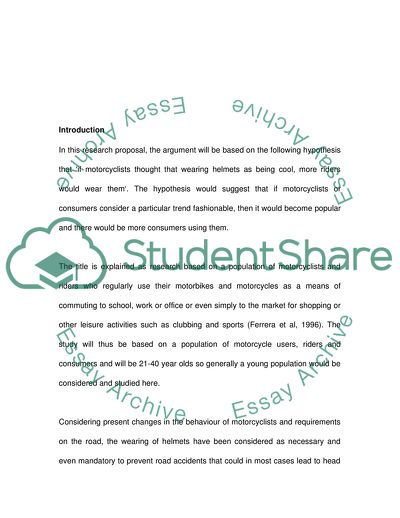Cite this document
(Effects of Perception of the Use of Helmets among Motorcyclists Assignment, n.d.)
Effects of Perception of the Use of Helmets among Motorcyclists Assignment. https://studentshare.org/sociology/1725373-if-motorcyclists-thought-that-wearing-helmets-as-being-cool-more-riders-would-wear-them
Effects of Perception of the Use of Helmets among Motorcyclists Assignment. https://studentshare.org/sociology/1725373-if-motorcyclists-thought-that-wearing-helmets-as-being-cool-more-riders-would-wear-them
(Effects of Perception of the Use of Helmets Among Motorcyclists Assignment)
Effects of Perception of the Use of Helmets Among Motorcyclists Assignment. https://studentshare.org/sociology/1725373-if-motorcyclists-thought-that-wearing-helmets-as-being-cool-more-riders-would-wear-them.
Effects of Perception of the Use of Helmets Among Motorcyclists Assignment. https://studentshare.org/sociology/1725373-if-motorcyclists-thought-that-wearing-helmets-as-being-cool-more-riders-would-wear-them.
“Effects of Perception of the Use of Helmets Among Motorcyclists Assignment”. https://studentshare.org/sociology/1725373-if-motorcyclists-thought-that-wearing-helmets-as-being-cool-more-riders-would-wear-them.


